TLDR About 26% of women in Swabi have PCOS, with hyperandrogenism being the most common symptom.
The study conducted in Swabi aimed to determine the prevalence of Polycystic Ovary Syndrome (PCOS) and its phenotypes among women aged 18-45, using the Rotterdam Criteria. Out of 384 participants, 26.04% were diagnosed with PCOS. Hyperandrogenism was the most common symptom, affecting 86% of the PCOS-positive women, followed by polycystic ovaries in 77%. Phenotype A was identified as the most prevalent among the PCOS phenotypes. The study highlights the need for proper guidance and counseling for the affected women regarding PCOS and its phenotypes.
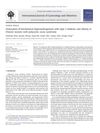 52 citations
,
November 2009 in “International journal of gynaecology and obstetrics”
52 citations
,
November 2009 in “International journal of gynaecology and obstetrics” High androgen levels in Chinese women with PCOS are linked to a higher risk of diabetes and obesity.
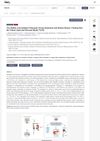 1 citations
,
August 2023 in “Diagnostics”
1 citations
,
August 2023 in “Diagnostics” Women with PCOS are more likely to develop kidney stones, especially those with certain PCOS types.
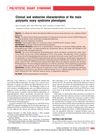 145 citations
,
March 2010 in “Fertility and Sterility”
145 citations
,
March 2010 in “Fertility and Sterility” Different types of polycystic ovary syndrome (PCOS) have varying severity, with Type I being the most severe and common.
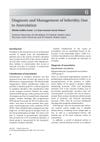 2 citations
,
March 2011 in “Infertility”
2 citations
,
March 2011 in “Infertility” The conclusion is that lifestyle changes and weight loss are first-line treatments for infertility due to anovulation, with various medications and assisted reproductive technologies as additional options.
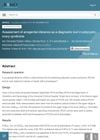 15 citations
,
October 2018 in “Reproductive Biomedicine Online”
15 citations
,
October 2018 in “Reproductive Biomedicine Online” Measuring the distance from the anus to the clitoris may moderately help diagnose polycystic ovary syndrome, especially in certain cases.
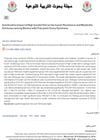 May 2022 in “Maǧallaẗ Buḥūṯ Al-Tarbiyyaẗ Al-Nawʿiyyaẗ (Print)”
May 2022 in “Maǧallaẗ Buḥūṯ Al-Tarbiyyaẗ Al-Nawʿiyyaẗ (Print)” Eating a high inositol diet significantly improves insulin resistance and hormone levels in women with PCOS.






